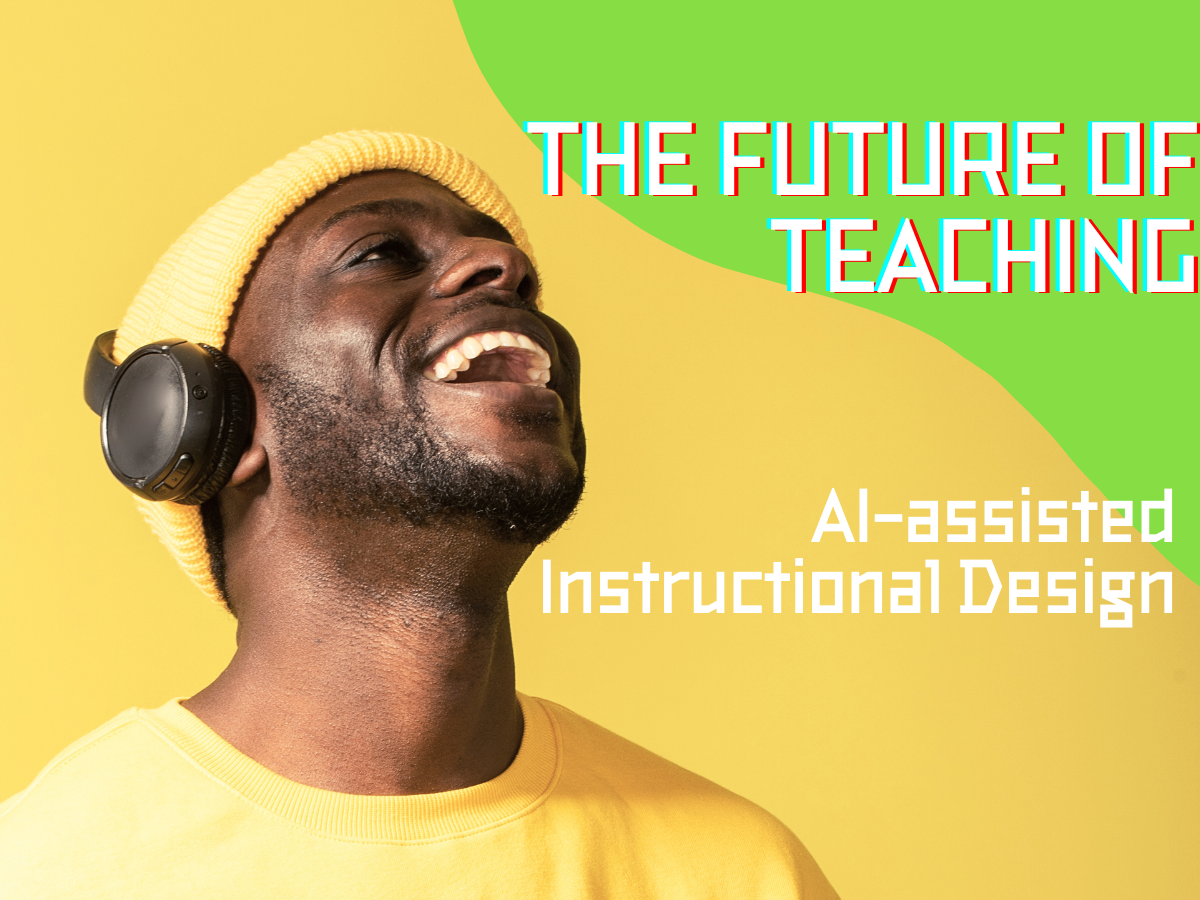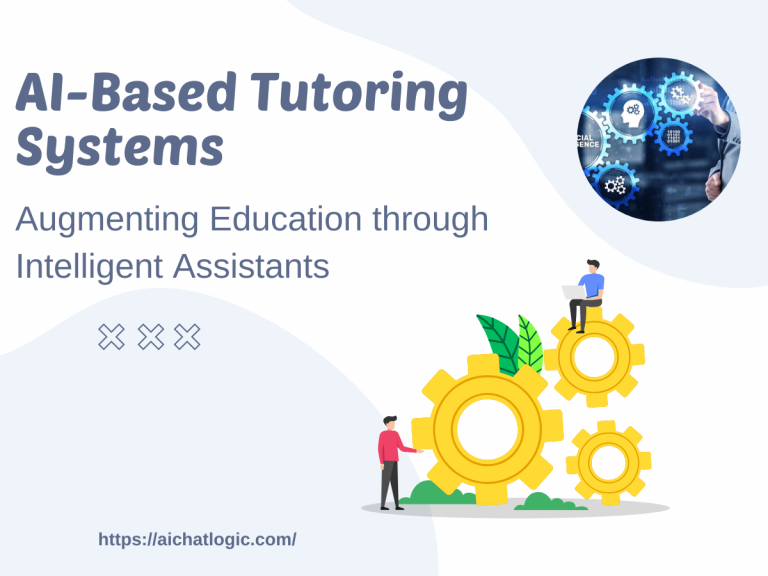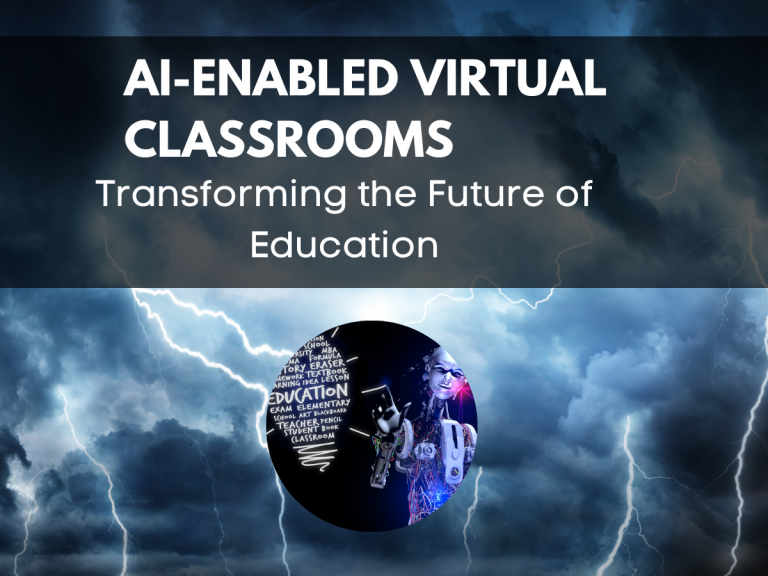Introduction:
Teaching has come a long way over the years, with advancements in technology continually shaping the education landscape. One of the most significant advancements in recent times is the integration of artificial intelligence (AI) in instructional design. AI-assisted instructional design has the potential to revolutionize the way we teach and learn, providing new opportunities and addressing existing challenges. In this article, we will explore the future of teaching with AI-assisted instructional design and its implications for education.
The Rise of AI in Education
AI has made its presence felt in various domains, and education is no exception. With the ability to process vast amounts of data, analyze patterns, and generate insights, AI systems are increasingly being used to support and enhance the learning experience. AI-powered educational tools, virtual tutors, and personalized learning platforms are becoming more prevalent in classrooms worldwide.
Benefits of AI-assisted Instructional Design
Enhancing Personalized Learning
AI-assisted instructional design has the potential to deliver personalized learning experiences to students. By analyzing individual learning patterns, preferences, and performance data, AI systems can tailor content, pace, and instructional strategies to meet the specific needs of each student. This personalized approach fosters engagement, motivation, and better retention of knowledge.
Improving Learning Outcomes
Through intelligent data analysis, AI systems can identify areas where students may be struggling and provide targeted interventions. Adaptive learning platforms powered by AI can dynamically adjust the difficulty level and content based on the student’s progress, ensuring a suitable challenge without overwhelming or underwhelming them. This individualized guidance leads to improved learning outcomes and academic success.
Overcoming Challenges with AI in Education
While AI has great potential in education, it also presents challenges that need to be addressed. One major concern is the ethical use of data and ensuring student privacy. It is crucial to establish robust data protection measures and ensure that AI systems comply with privacy regulations. Additionally, there is a need for ongoing professional development for teachers to effectively integrate AI tools into their teaching practice.
Ethical Considerations in AI-assisted Instructional Design
As AI becomes more prominent in education, ethical considerations must be at the forefront of its implementation. Transparent algorithms, unbiased data, and responsible use of AI technologies are essential to avoid reinforcing existing inequalities and biases. Educators and policymakers must collaborate to develop ethical frameworks and guidelines that promote the responsible and equitable use of AI in instructional design.
The Role of Teachers in an AI-powered Classroom
Despite the advancements in AI, the role of teachers remains indispensable in the classroom. AI systems can support teachers by automating administrative tasks, providing real-time analytics, and offering insights into student progress. This allows teachers to focus more on personalized instruction, mentorship, and nurturing critical thinking and creativity, which are uniquely human qualities that AI cannot replicate.
The Future of Teaching AI in Education
The future of teaching lies in harnessing the full potential of AI to create an optimal learning environment. AI-assisted instructional design will continue to evolve, incorporating natural language processing, machine learning, and adaptive algorithms. Virtual reality (VR) and augmented reality (AR) technologies will further enhance immersive learning experiences. The synergy between AI and human educators will empower students with personalized, engaging, and effective education.
Conclusion
AI-assisted instructional design has the potential to transform education, providing personalized learning experiences and improving learning outcomes. While there are challenges to overcome, such as ethical considerations and data privacy, the future of teaching looks promising with the integration of AI technologies. As educators embrace the opportunities presented by AI, they can create dynamic and interactive classrooms that prepare students for the challenges of the future.
FAQs
1. How will AI impact the role of teachers in the future?
AI will augment the role of teachers, allowing them to focus on personalized instruction, mentorship, and nurturing critical thinking skills. Teachers will become facilitators and guides in an AI-powered classroom.
2. Can AI completely replace human teachers?
No, AI cannot replace human teachers entirely. While AI can support and enhance the teaching process, human educators bring empathy, creativity, and adaptability that are essential for holistic education.
3. Will AI-assisted instructional design lead to job losses for teachers?
AI-assisted instructional design will change the nature of teaching, but it is unlikely to result in widespread job losses. Instead, it will create new roles and opportunities for teachers to leverage AI technologies effectively.
4. How can AI ensure personalized learning for each student?
AI can analyze individual learning patterns, preferences, and performance data to provide tailored content, pace, and instructional strategies. This personalized approach caters to the unique needs of each student.
5. What are the ethical considerations with AI in education?
Ethical considerations include data privacy, transparency in algorithms, avoiding biases, and ensuring equitable access to AI technologies. Responsible use of AI is crucial to prevent reinforcing inequalities in education.










+ There are no comments
Add yours